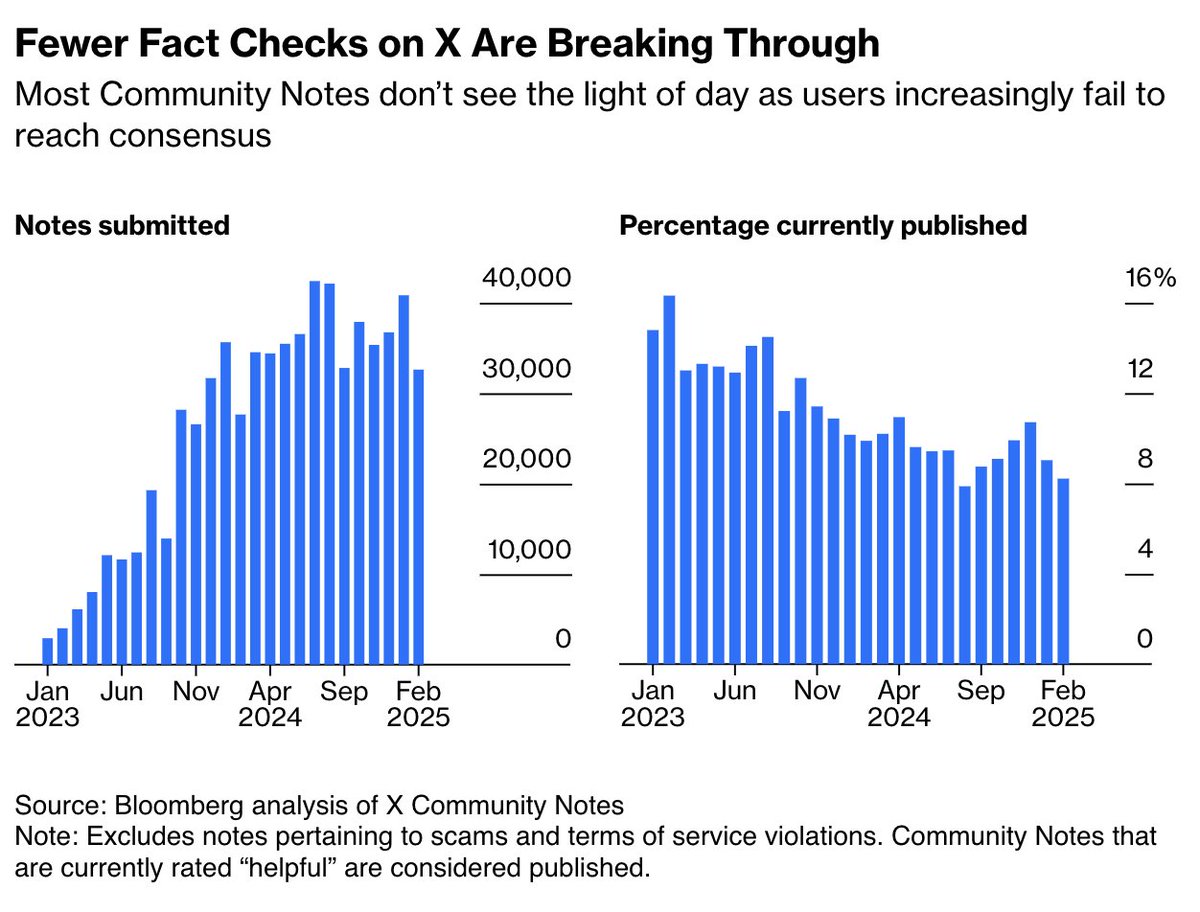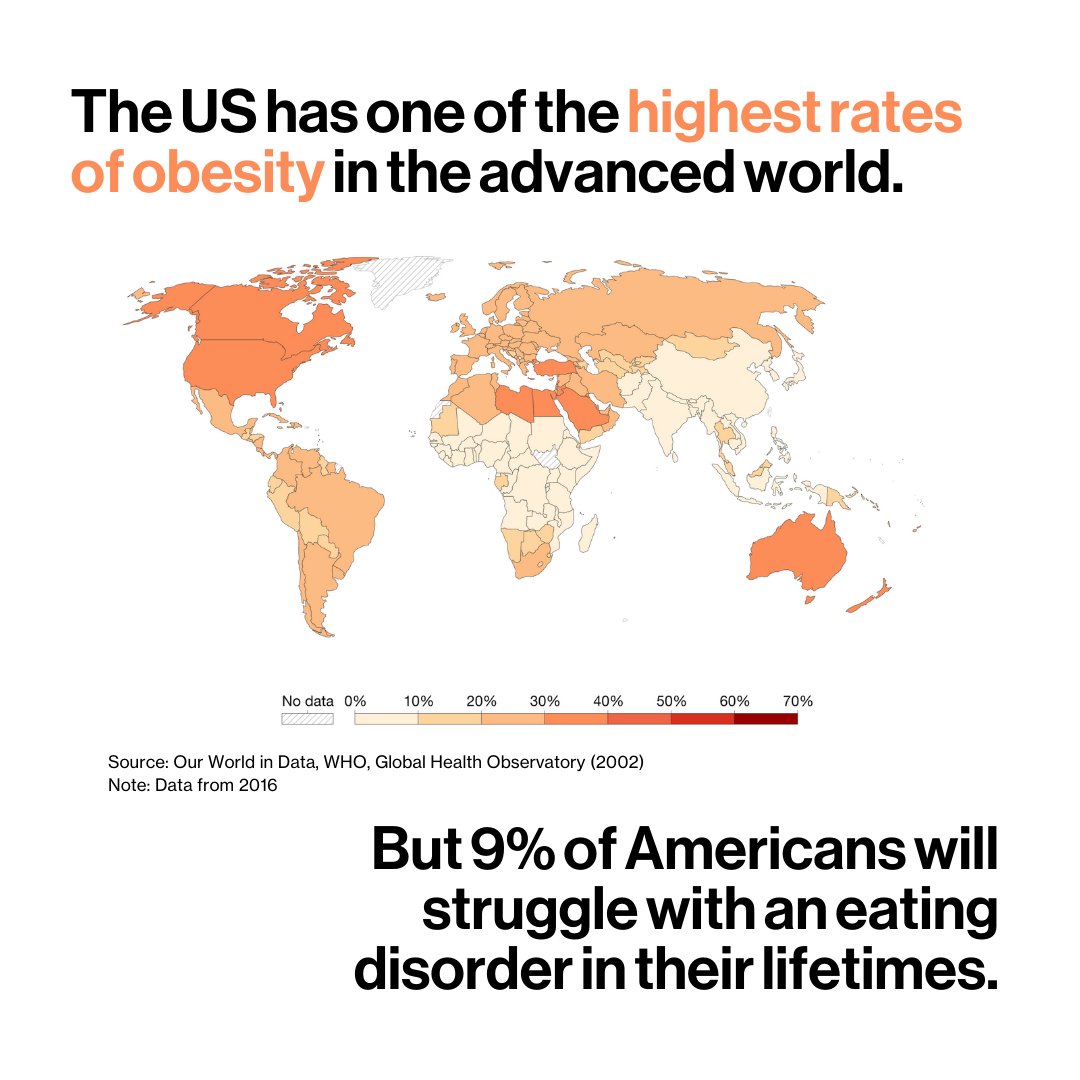The pandemic jobs deficit isn’t just a big city thing, but it’s starting to look as if it may soon be mostly a big city thing bloom.bg/3mfV1LP
The U.S. unemployment rate was a seasonally adjusted 5.2% in August.
In and around the country’s biggest cities, unemployment was much higher:
🌇10.2% in New York City
🌆10.1% in Los Angeles County
🏙8% in the core of the Chicago metropolitan area bloom.bg/3mfV1LP
In and around the country’s biggest cities, unemployment was much higher:
🌇10.2% in New York City
🌆10.1% in Los Angeles County
🏙8% in the core of the Chicago metropolitan area bloom.bg/3mfV1LP

Big, dense cities employ lots of skilled knowledge workers.
These people have generally kept their jobs during the pandemic, but most stopped going into the office when Covid arrived, and many have yet to return bloom.bg/3mfV1LP
These people have generally kept their jobs during the pandemic, but most stopped going into the office when Covid arrived, and many have yet to return bloom.bg/3mfV1LP

A National Bureau of Economic Research working paper calls this the “urban and industry bias of remote work.”
As a result of this, low-skill service workers in big cities bore most of the recent pandemic’s economic impact bloom.bg/3mfV1LP
As a result of this, low-skill service workers in big cities bore most of the recent pandemic’s economic impact bloom.bg/3mfV1LP

What does the Covid-19 pandemic’s economic impact on the U.S. look like if you separate out the biggest cities?
The data that enabled such a calculation for unemployment rates through August came out. Here’s what they show: bloom.bg/3mfV1LP
The data that enabled such a calculation for unemployment rates through August came out. Here’s what they show: bloom.bg/3mfV1LP

There's a gap between the combined unemployment rate of the New York, Los Angeles and Chicago metropolitan areas and that of the rest of the U.S. that’s been much bigger during the pandemic than at any other time since 1990 bloom.bg/3mfV1LP 

Removing those three metro areas from the picture delivers an unemployment rate of 4.9%.
That's less than the 5.3% national figure but not enough to dramatically revise the picture of the U.S. economy bloom.bg/3mfV1LP
That's less than the 5.3% national figure but not enough to dramatically revise the picture of the U.S. economy bloom.bg/3mfV1LP

Other big metro areas with lots of high-skill knowledge workers, such as San Francisco and Boston, don’t have unemployment rates nearly as high as New York’s or Los Angeles’s.
These areas have nonetheless seen big payroll job losses bloom.bg/3mfV1LP
These areas have nonetheless seen big payroll job losses bloom.bg/3mfV1LP

These metro areas accounted for 25.1% of the job losses in the first two months of the pandemic:
🌇New York
🌆Los Angeles
🏙Chicago
🌃San Francisco
🏙Boston
🌆Washington
🌇Philadelphia
Now they’re responsible for 44.8% of the pandemic jobs deficit bloom.bg/3mfV1LP
🌇New York
🌆Los Angeles
🏙Chicago
🌃San Francisco
🏙Boston
🌆Washington
🌇Philadelphia
Now they’re responsible for 44.8% of the pandemic jobs deficit bloom.bg/3mfV1LP

Comparing payroll employment change since February 2020 for the seven metro areas to the rest of the country is pretty striking: bloom.bg/3mfV1LP 

Nationally, payroll employment is down 3.5% since the beginning of the pandemic.
In the seven metros, employment is down 7.3% — still worse than the 6.3% national decline during the Great Recession bloom.bg/3mfV1LP
In the seven metros, employment is down 7.3% — still worse than the 6.3% national decline during the Great Recession bloom.bg/3mfV1LP
• • •
Missing some Tweet in this thread? You can try to
force a refresh














